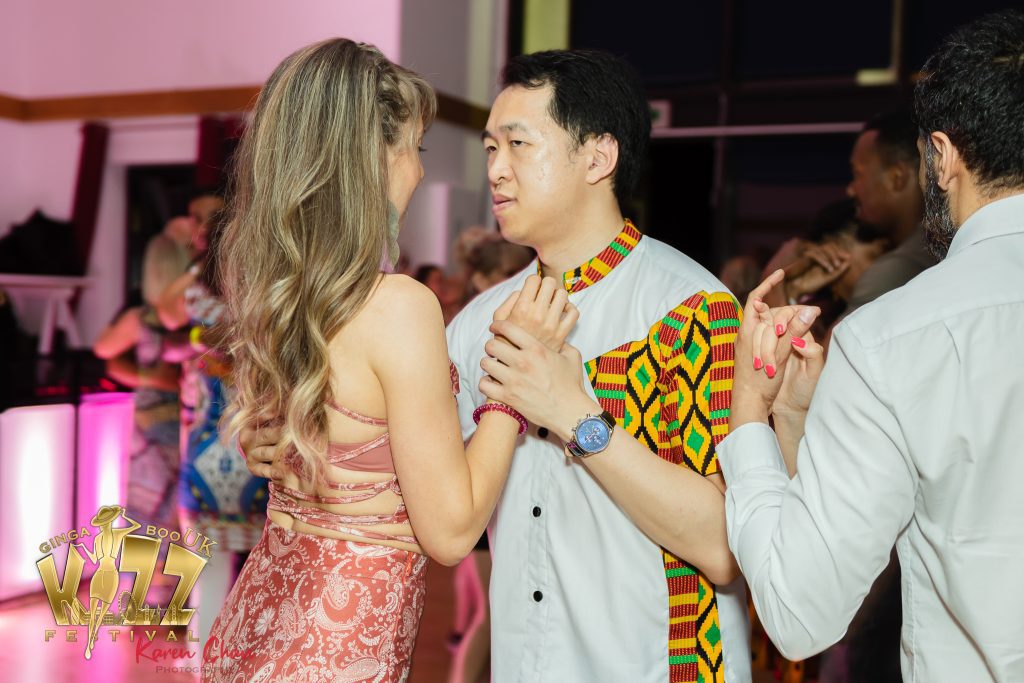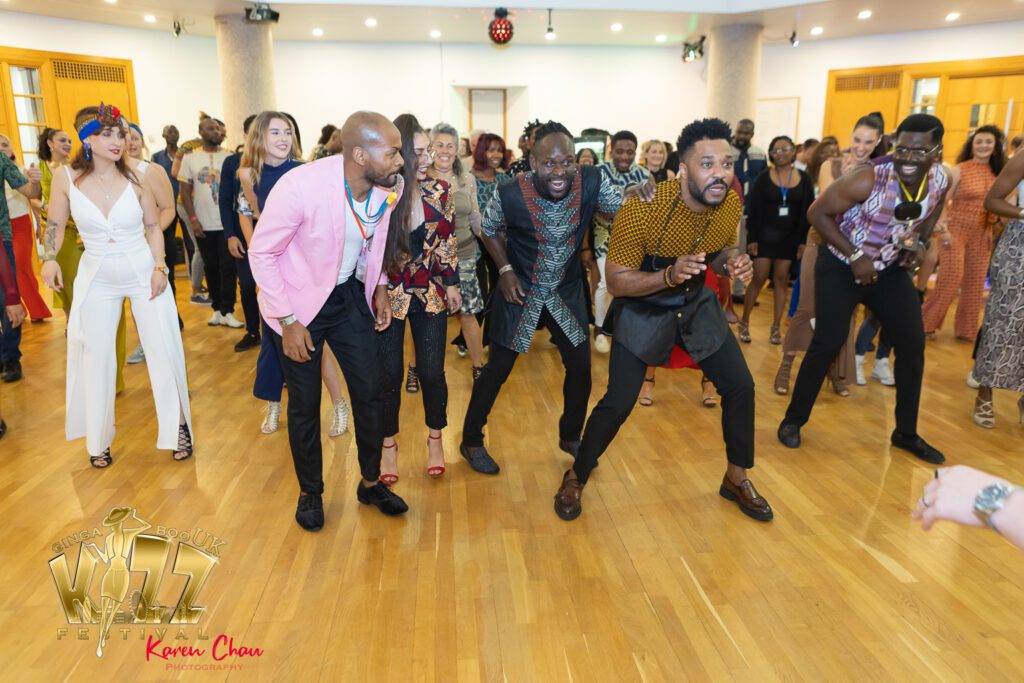Kizomba dance has become quite popular in recent years, capturing the hearts of dancers across the globe. Known for its smooth, flowing motions and soulful connections between partners, Kizomba offers a unique dance experience. However, as with any dance form, dancers often face a few common challenges along the way. Whether you’re an absolute beginner or have been dancing for a while, it’s normal to encounter hurdles that can hinder your progress.
Troubleshooting these issues early on is essential to improving your skills and enjoying the dance fully. It’s not just about moving to the beat; it’s about truly feeling the music and connecting with your partner. By addressing some key areas of difficulty, you can enhance your dancing experience and even find yourself rediscovering the joy of dancing.
Difficulty with Rhythm and Timing
Rhythm and timing hold significant importance in Kizomba dancing. Without a solid grasp of rhythm, it’s easy to lose synchronicity with both the music and your partner. This can lead to a less enjoyable dancing experience and might even cause frustration. So, understanding rhythm and timing is crucial for both your confidence and overall performance on the dance floor.
If you’re finding this aspect challenging, there are practical ways to improve your rhythm. Here are a few suggestions:
– Practice with a metronome: A metronome can guide your sense of timing by providing a steady beat to follow. Use it while you practice to develop consistency.
– Clap along to music: By clapping to the beat, you can train your ears to distinguish and follow the underlying rhythm of the music.
– Dance with a partner: Sometimes practising with someone else helps you catch the rhythm more naturally. They can give feedback on whether you’re maintaining the beat.
Working on these techniques consistently will help you better align your movements with the music, making the dance far more enjoyable and rewarding. Start with simple songs and gradually move to more complex rhythms as you improve. The key is to keep practising and not get discouraged, as rhythm mastery is a journey, not a quick fix.
Challenges with Partner Connection
A strong connection with your dance partner is one of the hallmarks of Kizomba. It’s what makes the dance feel smooth and connected. However, achieving this kind of connection can be tricky, especially for beginners. The secret lies in communication, which includes both verbal and non-verbal cues.
To enhance your connection:
– Maintain a good frame: Establish a proper hold to ensure your bodies are aligned. It helps maintain balance and prevents accidental movements.
– Eye contact and body language: Use eye contact to communicate your intentions and follow your partner’s lead.
– Listen and respond: Whether leading or following, stay attuned to your partner’s movements and guidance.
Exercises to improve partner connection involve activities like mirroring each other’s movements without music to build trust and understanding. You can also switch roles to understand each other’s perspectives better. With practice, these connections will feel intuitive, enhancing your overall dance experience.
Struggling with Footwork
Footwork is another key component of Kizomba dancing. Mistakes often stem from either not paying attention to your partner or difficulty in shifting weight. To troubleshoot these challenges, break down the steps into manageable parts.
Here’s how to improve your footwork:
- Identify common mistakes: Pay attention to where missteps often happen and focus on correcting them.
- Practice basic patterns: Dedicate time to repeat simple steps slowly until they become second nature.
- Work on balance and coordination: Exercises like balancing on one foot or practising slow motion steps can help.
Having a solid foundation in footwork provides greater freedom to explore more intricate steps. It might be helpful to practice the steps without moving initially, focusing on your feet and the weight distribution. Over time, this practice leads to smoother transitions and greater confidence.
Overcoming Stage Fright or Performance Anxiety
Feeling nervous about dancing in front of others is very common, even if you enjoy dancing privately. Performance anxiety can manifest in many forms, but thankfully, there are ways to manage it.
Strategies to tackle performance anxiety:
– Build confidence through practice: Rehearse in front of a mirror or a small, supportive group to gain feedback.
– Visualisation techniques: Imagine yourself performing successfully to reinforce positive feelings about your ability.
– Controlled breathing: Use deep breaths to calm nerves just before dancing.
Remember, anxiety often diminishes with experience. The more you expose yourself to dancing in front of others, the more comfortable you become. Acknowledge that nervousness is normal and channel it into excitement about sharing your dance.
Making the Most of Kizomba Dance Classes at Ginga Boo
Improving in Kizomba involves recognising these challenges and taking proactive steps to address them. By focusing on rhythm, strengthening the connection with your partner, refining footwork, and managing performance anxiety, you lay the groundwork for becoming a more confident dancer. With dedication and practice, these skills become second nature, allowing you to fully embrace and enjoy the art of Kizomba dancing.
If you’re eager to tackle these challenges and take your dancing skills to the next level, consider joining our group Kizomba dance classes at Ginga Boo. Our experienced instructors will guide you through every step, helping you feel confident and connected as you grow alongside others who share your passion.





